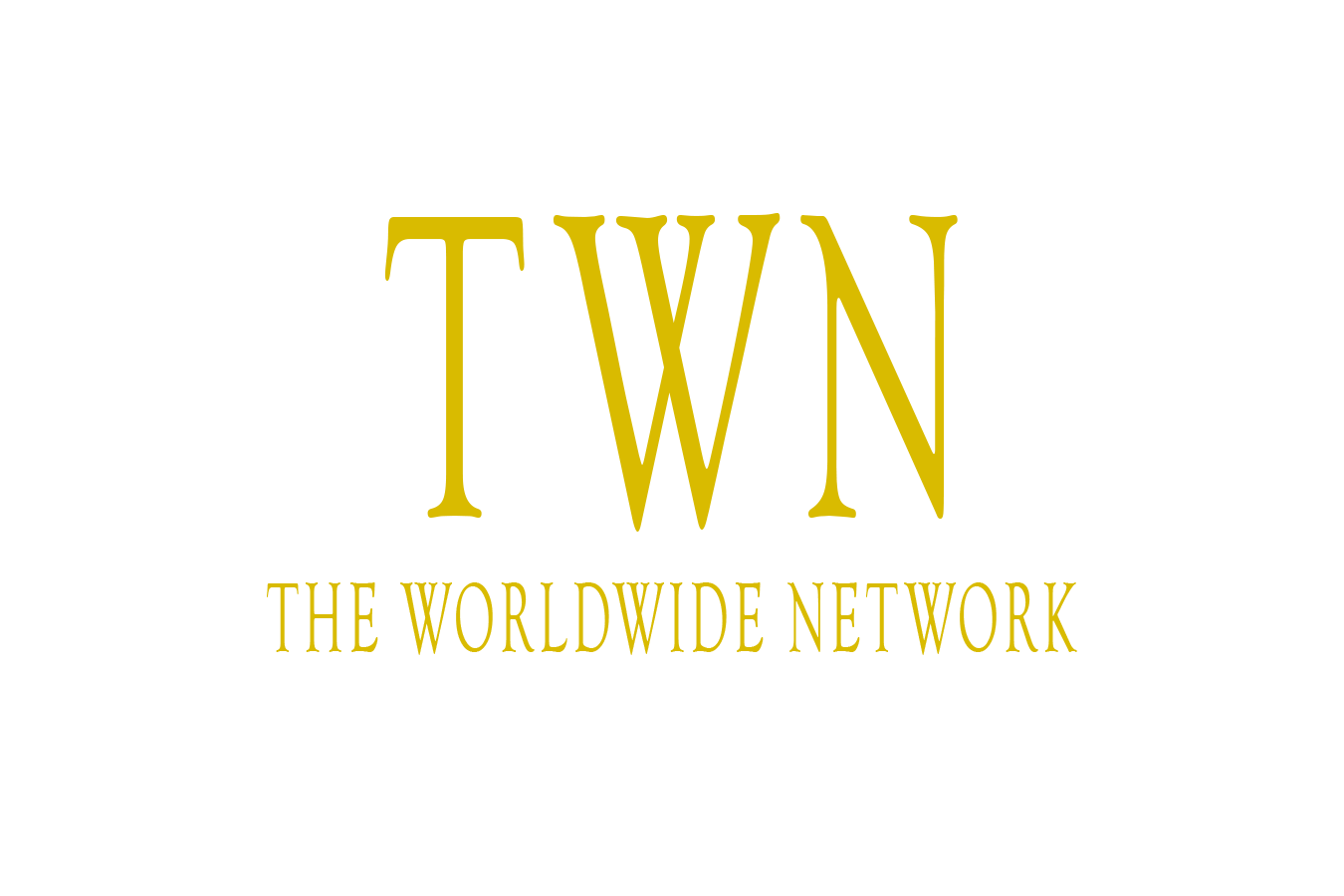Integrated Marketing Strategies.
Consumers are bombarded with content, advertisements, and marketing messages across multiple channels. From social media and email to TV and digital ads, the variety of platforms can easily lead to fragmented, disjointed messaging. For businesses, this makes it difficult to engage consumers effectively without a cohesive strategy. This is where integrated marketing strategies come into play.
Integrated marketing focuses on uniting content, marketing, and advertising efforts across all channels to ensure a consistent, powerful message. When done well, it not only enhances the customer experience but also drives higher engagement and conversion rates. This blog will explore the importance of integrated marketing strategies, how they work, and how they can empower your brand to create more effective marketing campaigns.
What is Integrated Marketing?
Integrated marketing is a holistic approach that aligns all marketing communications to create a seamless, consistent experience for the consumer. It ensures that every touchpoint—whether it’s a blog post, a paid advertisement, an email, or a social media post—delivers a unified message that reflects the brand’s identity and values.
The key components of integrated marketing strategies include:
- Content Marketing: Creating valuable, relevant content that attracts and engages your target audience.
- Advertising: Paid promotions that increase visibility, drive traffic, and generate leads.
- Marketing Communications: All forms of messaging, from email campaigns to social media updates and public relations efforts.
By integrating these elements, you create a consistent narrative that resonates across all platforms and touch-points, ensuring that your audience receives a clear, cohesive message regardless of where they encounter your brand.
Why Integrated Marketing is Essential
In today’s competitive market, businesses that operate in silos—where content marketing, advertising, and communications are managed separately—risk confusing or disengaging their audience.
Integrated marketing solves this issue by ensuring alignment across all marketing channels, which leads to:
- Stronger Brand Identity: When all marketing messages align, your brand’s voice, tone, and message remain consistent across all channels. This consistency builds trust with consumers, strengthens your brand identity, and reinforces your value proposition.
- Better Customer Experience: Integrated marketing provides a seamless experience for consumers. They should receive consistent information whether they’re scrolling through social media, browsing your website, or reading an email. When consumers receive a unified message, it helps them better understand your offerings and leads to more positive interactions with your brand.
- Improved Efficiency and ROI: By aligning your marketing efforts, you reduce redundancies and make better use of your resources. Content can be repurposed across channels, campaigns can be more easily managed, and your advertising dollars can be stretched further with consistent messaging that resonates more effectively with your audience.
- Increased Engagement and Conversion: When your messaging is clear and cohesive, it builds trust and credibility with your audience, leading to higher engagement rates and ultimately more conversions. Whether you’re looking to increase sales, grow your audience, or drive traffic, an integrated approach can amplify your efforts across all marketing channels.
Building an Integrated Marketing Strategy
An integrated marketing strategy doesn’t happen by accident—it requires careful planning and coordination.
Below are the key steps to creating a successful integrated marketing strategy for content, marketing, and advertising:
1. Establish Clear Brand Guidelines
The foundation of any integrated marketing strategy is a set of clear brand guidelines. These guidelines should cover:
- Brand Voice and Tone: How does your brand sound? Is it formal, friendly, humorous, or professional? Consistency in voice and tone is critical for creating a seamless experience across channels.
- Messaging Framework: What are the key messages you want to convey to your audience? These should be reflected in your content, ads, and marketing communications.
- Visual Identity: Ensure that your brand’s logo, colour scheme, and visual elements are consistent across all platforms.
Having established brand guidelines ensures that everyone working on your content, marketing, and advertising efforts is on the same page, creating a cohesive and recognisable brand identity.
2. Identify Your Audience and Buyer Personas
Understanding your target audience is crucial for delivering the right message at the right time. This involves:
- Defining Buyer Personas: Who are your ideal customers? What are their needs, pain points, and behaviours? Developing detailed buyer personas allows you to tailor your messaging and content to resonate with your audience.
- Audience Segmentation: Divide your audience into specific segments based on demographics, interests, and behaviours. This helps you create personalised messages and advertisements that address the unique needs of each segment.
Knowing your audience allows you to create content that speaks directly to them, design targeted advertising campaigns, and engage with them in a more meaningful way across all platforms.
3. Align Content and Messaging Across Channels
A key element of integrated marketing is ensuring that your messaging is consistent across all channels. Here’s how to align your content strategy:
- Centralised Content Calendar: Create a unified content calendar that tracks all of your content, advertising, and marketing efforts. This ensures that everything—from blog posts and social media updates to email campaigns and paid ads—reflects the same messaging and supports your overall marketing goals.
- Cross-Channel Content Distribution: Repurpose your content to maximise its reach. For example, a blog post can be repurposed into a social media campaign, email newsletter, or a series of short videos. This ensures that your core message is communicated across multiple channels.
- Message Consistency: While content should be adapted for different platforms, the underlying message should remain consistent. Whether a customer is reading a blog post, seeing a display ad, or watching a video, the message should clearly reflect your brand’s values and objectives.
By aligning your content and messaging across platforms, you create a coherent narrative that guides your audience from one touchpoint to the next.
4. Integrate Paid Advertising with Organic Content
An effective integrated marketing strategy balances organic content efforts with paid advertising. Here’s how to integrate the two:
- Complementary Campaigns: Ensure that your organic content marketing efforts support and amplify your paid advertising campaigns. For instance, if you’re running a Facebook ad promoting a new product, your organic social media posts and blog content should reinforce the same message.
- Targeted Ads: Use the insights gained from your organic content performance (like social media engagement or website analytics) to inform your paid advertising strategy. By understanding what content resonates most with your audience, you can create more effective and relevant ads.
- Re-marketing and Retargeting: Use retargeting ads to reach users who have already engaged with your organic content. This creates a seamless journey, as the ads they see are related to their previous interactions with your brand, increasing the chances of conversion.
When paid advertising and organic content work together, they create a more cohesive and impactful marketing experience.
5. Leverage Data and Analytics for Continuous Improvement
The effectiveness of an integrated marketing strategy relies on data-driven insights. Monitoring performance across all channels allows you to optimise your campaigns for better results. Here’s how:
- Unified Analytics Tools: Use a comprehensive analytics platform, such as Google Analytics or HubSpot, to track and analyse the performance of your content, marketing campaigns, and advertisements across all channels.
- Key Metrics to Track: Some of the key performance indicators (KPIs) to monitor include:
- Engagement: Likes, shares, comments, and time spent on content.
- Conversions: Sales, leads, or other desired actions taken by the audience.
- Click-Through Rates (CTR): For both organic and paid campaigns, to measure how well your content is driving traffic.
- Return on Investment (ROI): Analyse how your integrated marketing strategy is contributing to your bottom line by calculating the ROI of your efforts.
By leveraging data, you can identify what’s working and what’s not, allowing you to continuously refine and improve your integrated marketing efforts.
6. Collaborate Across Teams
One of the biggest challenges in implementing an integrated marketing strategy is getting different teams—such as content creators, advertisers, and marketers—to work together. Collaboration is essential for ensuring that all marketing efforts are aligned.
- Unified Team Meetings: Hold regular meetings with representatives from content, advertising, and marketing teams to discuss goals, campaigns, and messaging. This ensures that everyone is working toward the same objectives and that any changes in strategy are communicated effectively.
- Shared Tools and Platforms: Use shared tools like project management software (e.g., Asana, Trello) and cloud-based platforms (e.g., Google Drive, Dropbox) to collaborate on content creation, campaign management, and analytics tracking.
When teams work together, they can create a unified marketing strategy that delivers consistent results across all channels.
Examples of Successful Integrated Marketing Campaigns
Several well-known brands have successfully implemented integrated marketing strategies to great effect. Here are two examples:
- Coca-Cola’s “Share a Coke” Campaign: Coca-Cola’s famous “Share a Coke” campaign personalised bottles with people’s names, encouraging consumers to find and share bottles with friends and family. The campaign integrated digital, social, and traditional advertising efforts, along with organic content like social media posts from consumers sharing their personalised bottles. The messaging was consistent across all channels, and the campaign’s interactive nature created a seamless experience for consumers.
- Nike’s “Just Do It” Campaign: Nike’s “Just Do It” campaign has been a long-standing example of integrated marketing. Their inspirational messaging is consistent across all channels, from TV commercials and social media to email newsletters and website content. Nike integrates content marketing with paid advertising, often featuring top athletes in their promotions to engage their audience and drive brand loyalty.
Conclusion: The Power of Integrated Marketing
An integrated marketing strategy aligns your content, marketing, and advertising efforts, creating a unified approach that enhances your brand’s visibility, engagement, and conversions. By establishing clear guidelines, understanding your audience, aligning your messaging, and leveraging data, you can create campaigns that resonate with your audience across all channels.
In a world where consumers expect seamless, consistent interactions with brands, integrated marketing is essential for delivering the right message at the right time, maximising your marketing ROI, and creating a more powerful, memorable brand presence.

 Previous Post
Previous Post Next Post
Next Post









